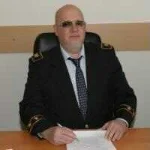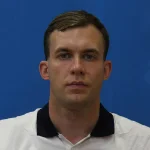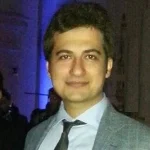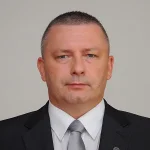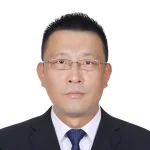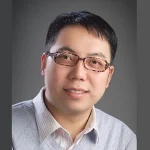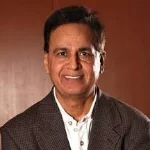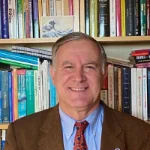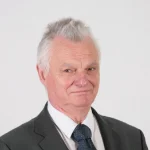52nd International Conference on VIBROENGINEERING is an integral part of Vibroengineering Series Conferences and was held in St. Petersburg, Russia.
Conference was dedicated to researchers, scientists, engineers and practitioners throughout the world to present their latest research results, foster discussion, new ideas and develop partnerships. All JVE Conferences are integral part of the Series of Vibroengineering Conferences started in 1999. Vibroengineering Procedia is indexed in major scientific databases: Scopus, EI Compendex, Inspec, Gale Cengage, Google Scholar and EBSCO.
JVE conferences feature a broad range of high-level technical presentations, vibrant discussions and key experts and scientists from all over the world. The conference provides an opportunity to communicate your recent research advances, exchange ideas in innovative engineering technologies and enjoy endless networking advantages.
Organizing Comittee
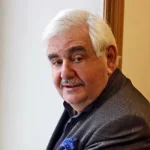


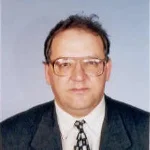


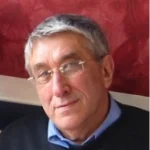










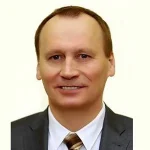





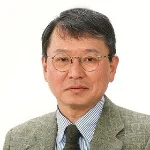


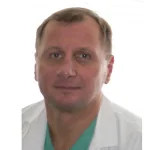

Conference Program
Sponsors and Partners
Conference in St. Petersburg, Russia was organized by JVE International with the partnership of Research and Engineering Corporation Mekhanobr-tekhnika, Mechanical Engineering Research Institute of the Russian Academy of Sciences (IMASH RAN) and Saint Petersburg State Marine Technical University (SMTU).

Research and Engineering Corporation "Mekhanobr-tekhnika" incorporates the whole manufacturing facilities of the former Mekhanobr Institute, which was founded in 1916. At the beginning of the institute activity its engineers designed the simplest machines for concentration of coal and shale. Today Mekhanobr-tekhnika is reputed as a designer and manufacturer of innovative crushing, screening, classifying and concentrating equipment for minerals processing. Today it supplies its products to the scores of countries in the world.
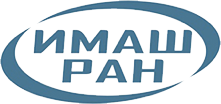
Mechanical Engineering Research Institute of the Russian Academy of Sciences (IMASH RAN) is a respected both in Russia and abroad institution, that solves fundamental research problems in the field of machine science and engineering sciences in Russia. Discoveries made and solutions found in its walls, are being laid as cornerstones for the basic trends of domestic mechanical engineering. On these solutions and developments rests the future of most industries: machine-tool manufacture, agricultural, metallurgical, automotive, energy, petrochemical, aviation, space rocket, nuclear, defense and robotics engineering.
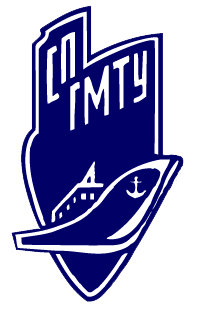
Saint Petersburg State Marine Technical University (SMTU) is a legendary University with deep traditions and dynamically growing prospects. SMTU is the only university in Russia that trains world-class engineers for all shipbuilding specialties and high-class economists, managers, lawyers and sociologists for business sphere. The main directions are the design, construction and technical operation of ships, surface warships and submarines, as well as technical means to ensure the exploration and production of oil, gas and other minerals on the seabed.

Institute of Ecology of the Volga Basin of the Russian Academy of Sciences. The main directions of scientific activity of the Institute of Ecology of the Volga river basin of RAS are: study of structural and functional organization of the ecosystems of the Volga river basin; development of theoretical bases for conservation, reproduction and rational use of biological resources of the Volga river basin; study of mechanisms of adaptation of hydrobionts and aquatic ecosystems sustainability in the conditions of natural and anthropogenic transformation of the environment; development of methodological bases of environmental monitoring. The Institute has a Herbarium (PVB) which approximately 40000 samples of vascular plants collected mainly in the Middle and the Lower Volga regions. Also, the Institute has a number of collections demonstrating the flora and fauna diversity of the Volga river basin:
- the collection of permanent preparations of typical species of vertebrates helminths;
- the collection of preparations of typical zooplankton species (Cladocera, Copepoda);
- the collection of amphibious animals;
- the working collection of cultures of phototrophic microorganisms;
- the collection of reptiles (moist preparations).

Institute of Problems of Mechanical Engineering RAS is one of the main centers of theoretical engineering in Russia. The Institute's research area is reliability of machines and constructions working at extreme conditions. The main fields of interest of the Institute are mechanics, thermodynamics and kinetics of transient processes in nanomaterials and materials, phase transitions and defects of structure, dynamics of vibratory, wave and vibroimpact processes, theory and methods of control processes in complex physical and technical systems, nano- and microtribology etc.
